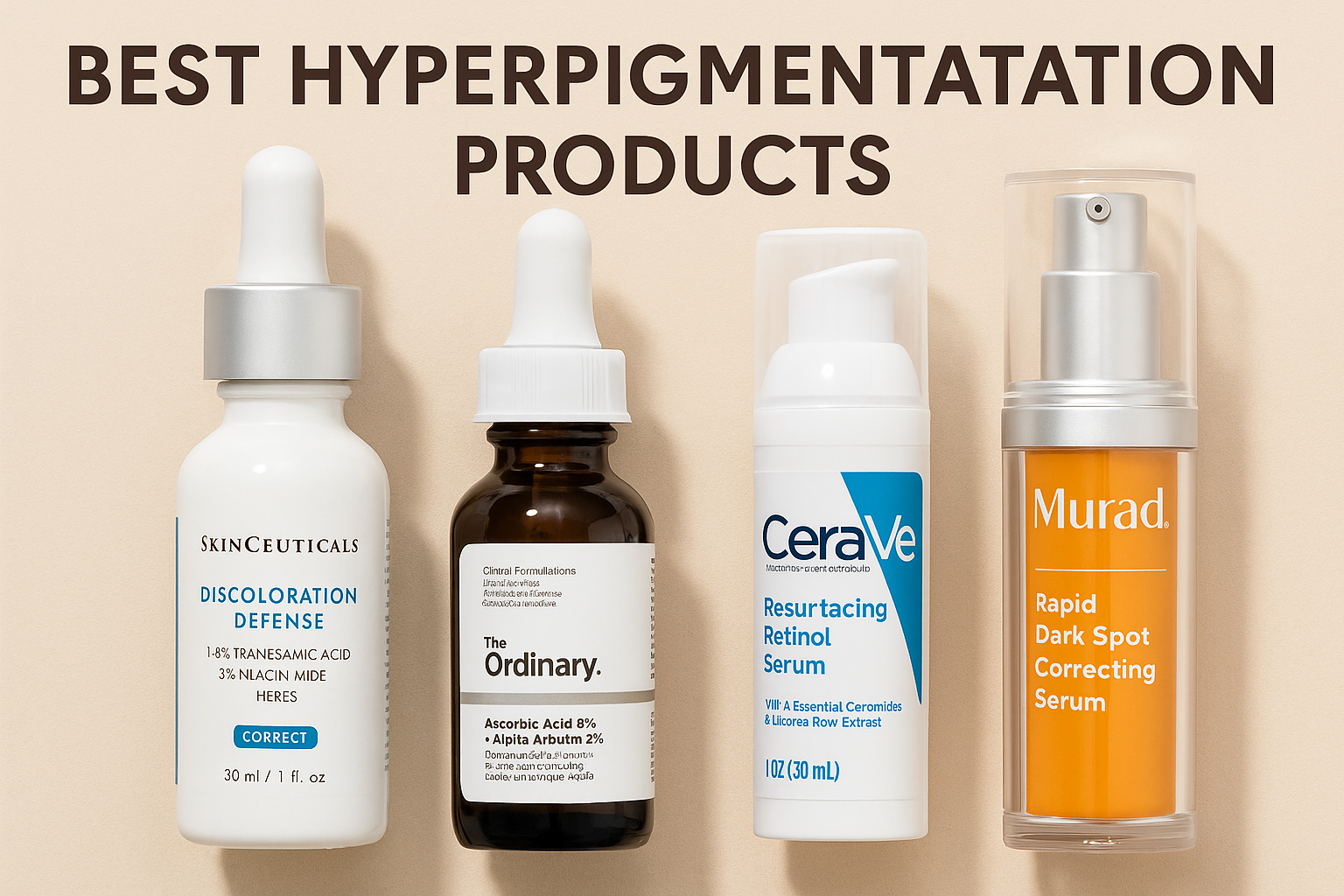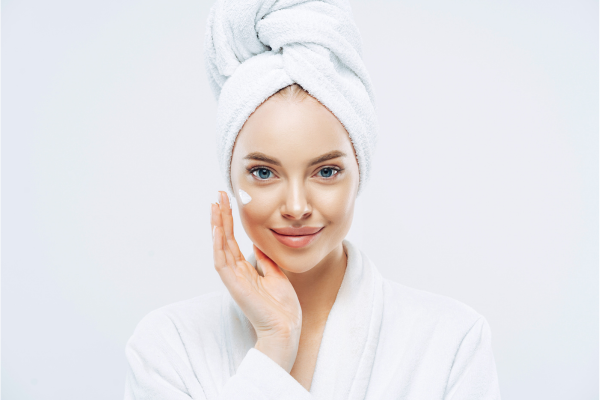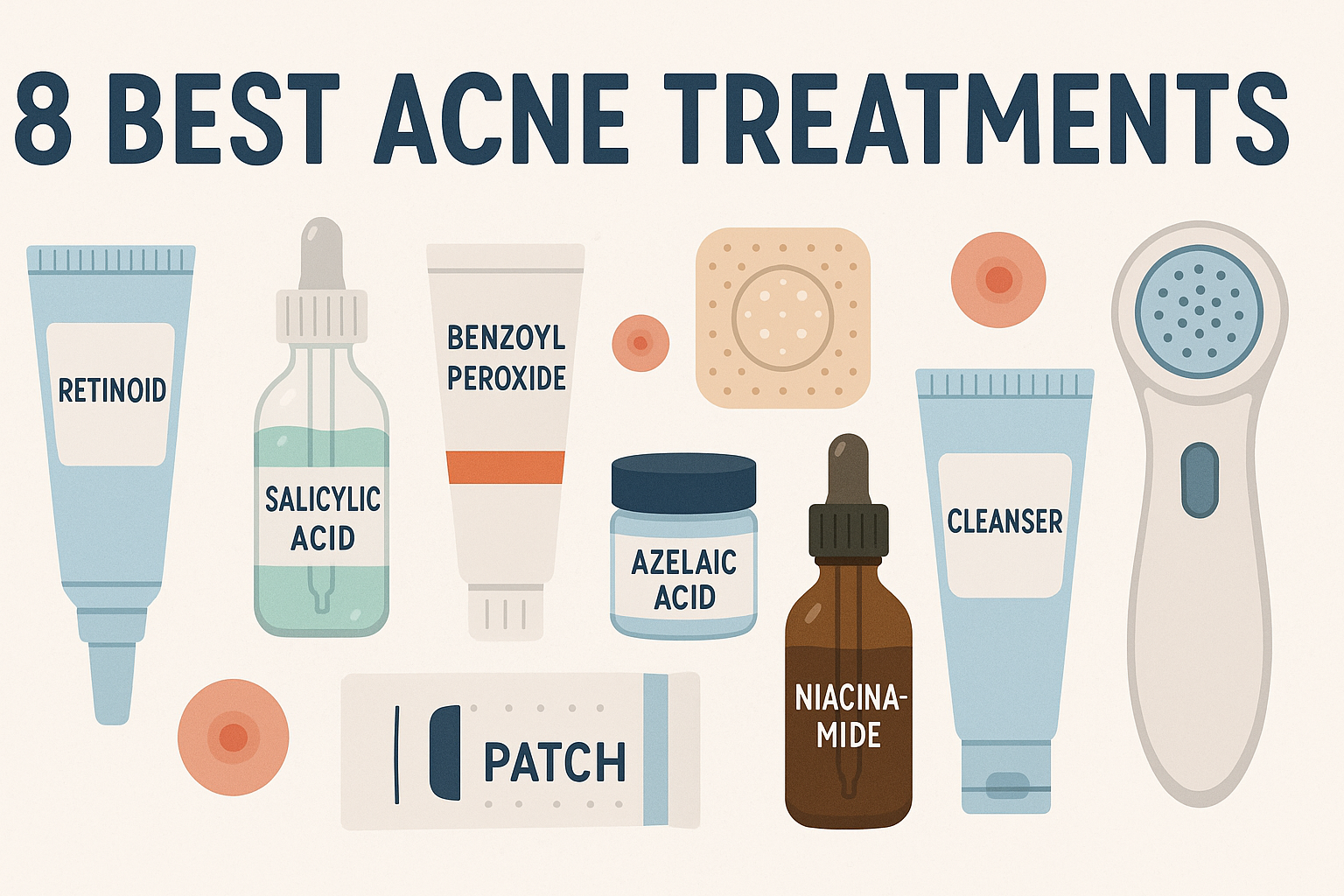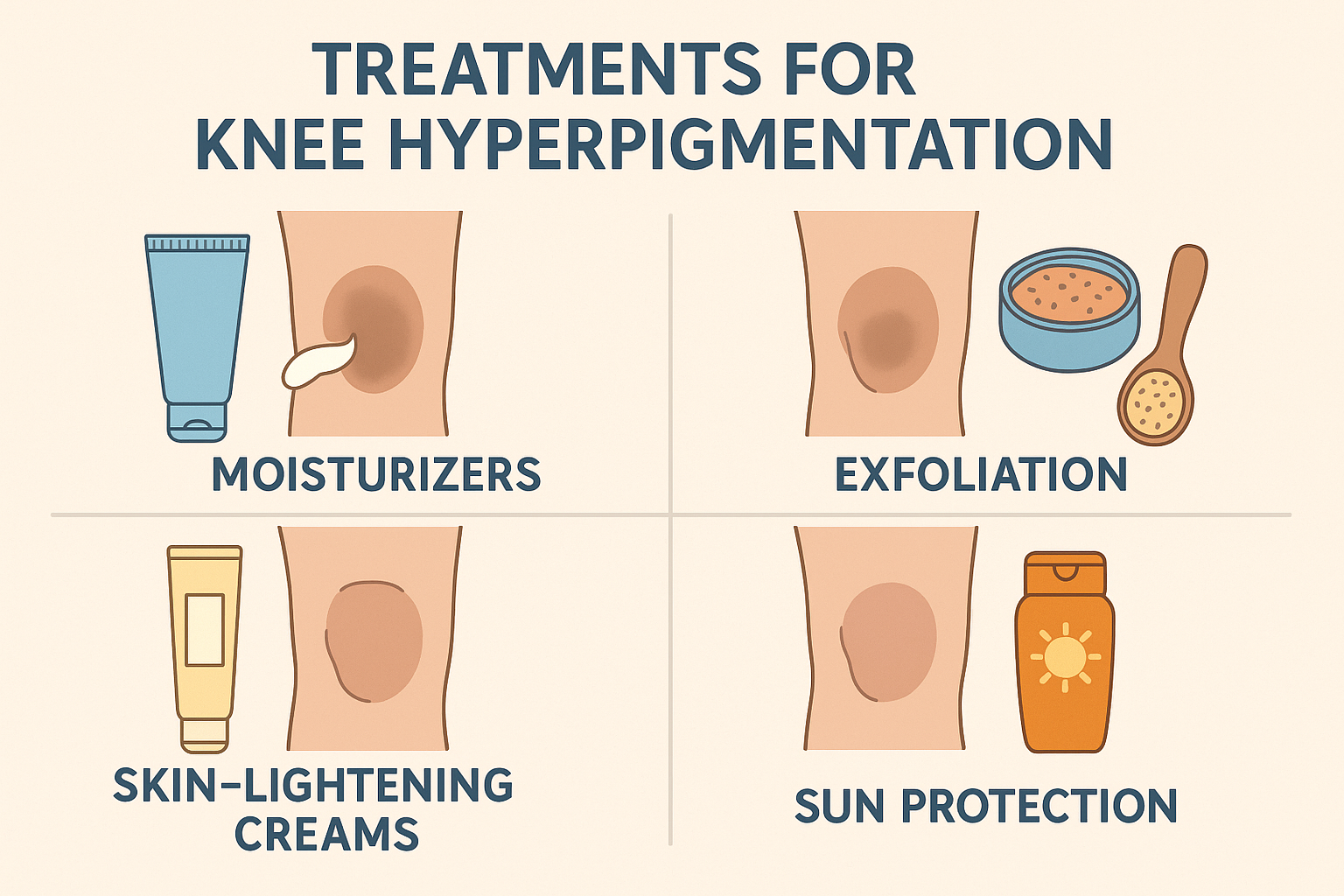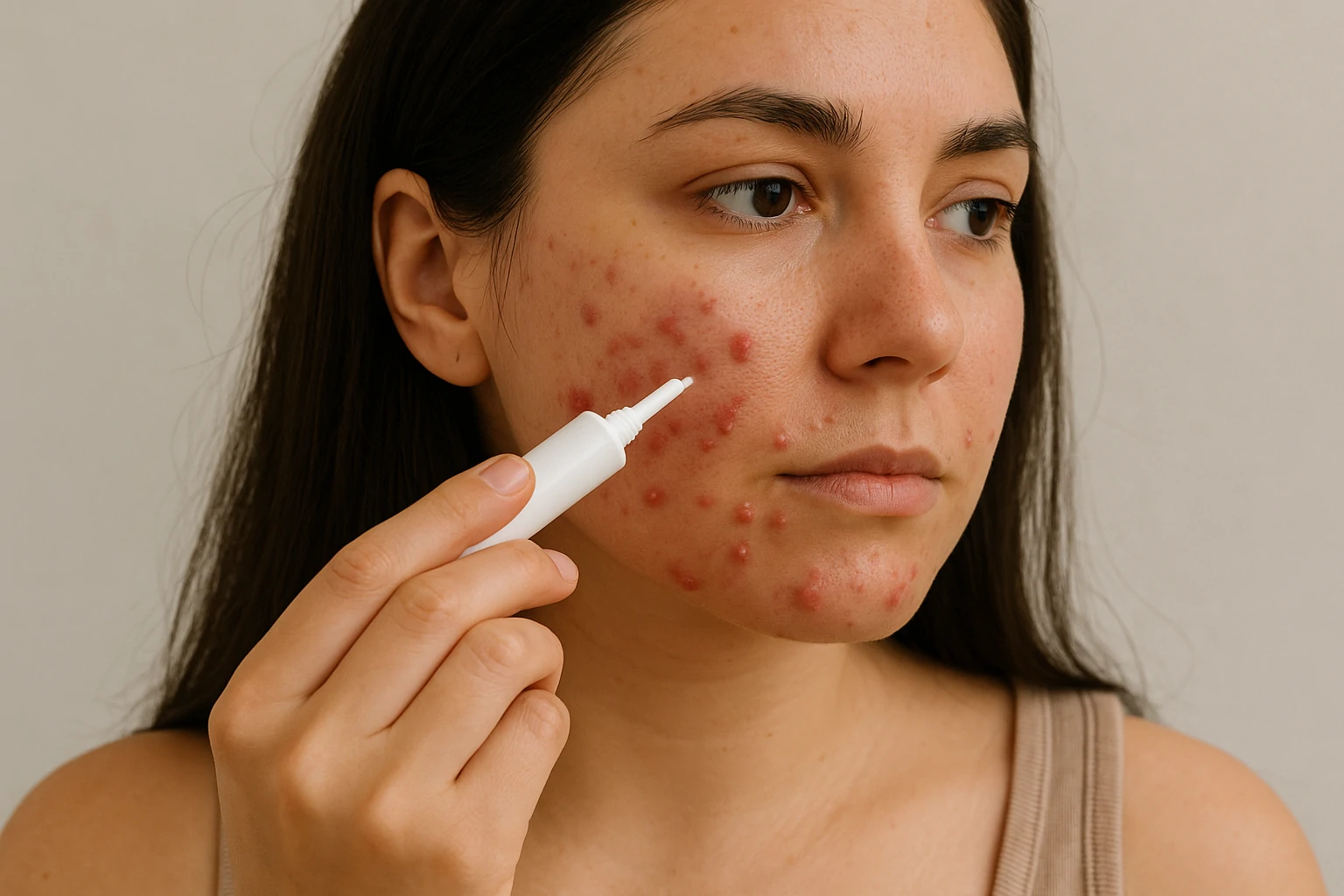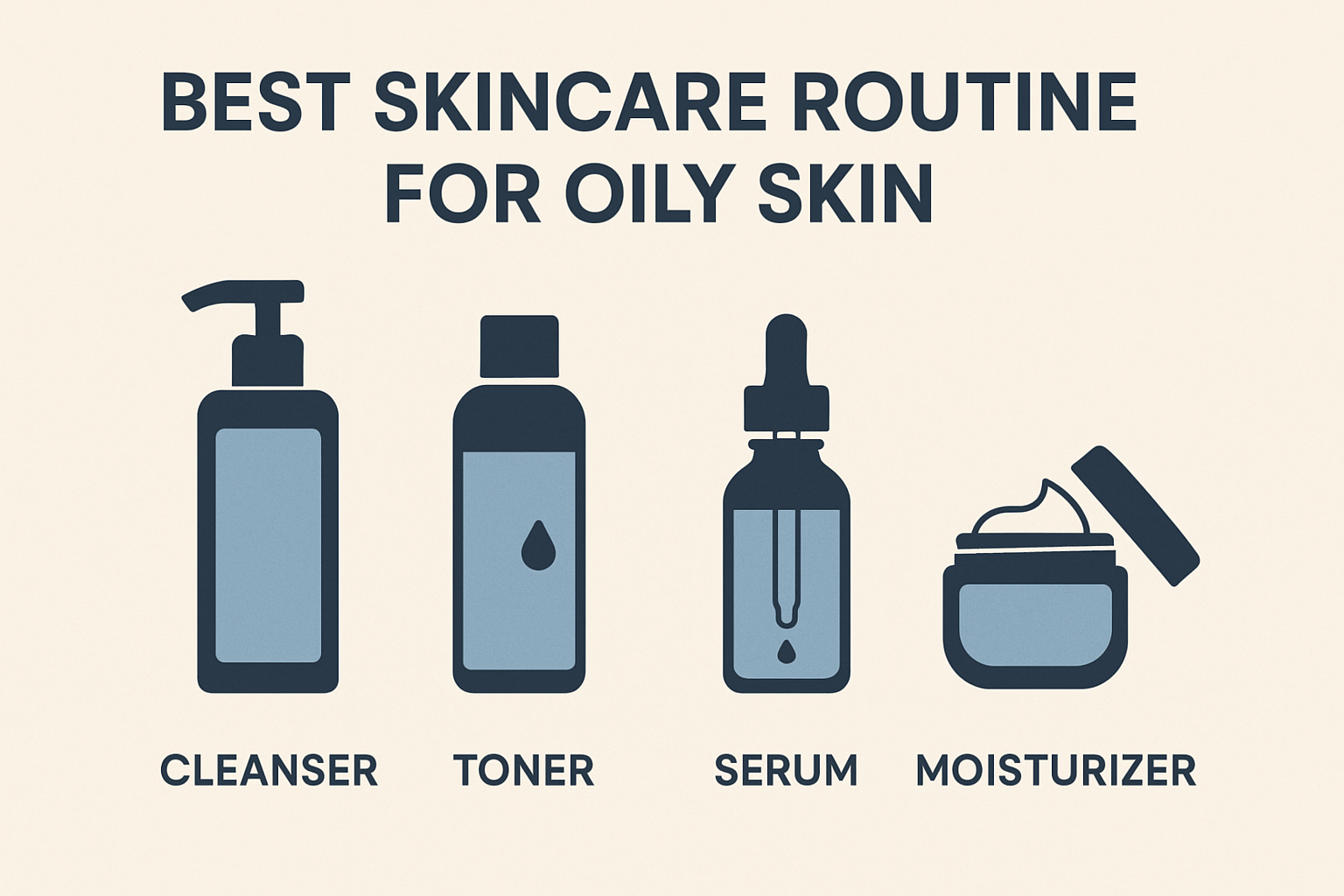Can Dandruff Shampoo for Acne Really Work? Here’s What Derms Say

Home skincare hacks often bring up surprising ideas—from using raw potatoes for dark circles to flour as dry shampoo. Lately, one method gaining traction on TikTok is washing your face with dandruff shampoo, like Head & Shoulders, to fight acne.
Unlike many DIY trends, this one has some science behind it. Dandruff shampoos often contain zinc pyrithione or selenium sulfide, two ingredients known for their antimicrobial and anti-inflammatory properties. They help fight skin issues caused by Cutibacterium acnes or Malassezia, common culprits behind acne and fungal breakouts.
However, swapping your facial cleanser for shampoo isn’t a guaranteed fix. Dermatologists caution that it depends on your skin type—and using the wrong product or method can cause irritation.
Curious to try? Learn how to use dandruff shampoo safely and see if it might be the acne solution you’ve been looking for.
Zinc Pyrithione and Selenium Sulfide: What They Do for Skin
Zinc pyrithione and selenium sulfide are antifungal agents commonly found in over-the-counter dandruff shampoos. These ingredients work by targeting Malassezia, a yeast linked to dandruff, seborrheic dermatitis, and certain types of acne.
While both are effective, selenium sulfide is generally considered stronger and is used for more severe cases. That said, it can also be more irritating, especially for those with sensitive skin.
By reducing excess yeast and balancing the scalp’s microbiome, these ingredients ease symptoms like itchiness, flaking, and redness. This microbial-balancing effect is why they’re now being explored for off-label use in treating fungal acne—especially in oily or sweaty areas of the body.
According to dermatologists, these ingredients may be helpful when acne isn’t responding to typical skincare products.
How Zinc Pyrithione and Selenium Sulfide Help Fungal Acne
Not all acne is created equal. If your breakouts are itchy, uniform, and don’t respond to regular acne products, it could be fungal acne—medically known as Malassezia folliculitis or pityrosporum folliculitis.
This type of acne thrives in warm, humid environments and is caused by yeast, not bacteria. In these cases, antifungal agents like zinc pyrithione and selenium sulfide can be game-changers.
Dermatologists explain that when oil, sweat, and heat trap moisture on the skin, Malassezia can overgrow, leading to small, itchy bumps, especially on the forehead, chest, or back. These look like acne but don’t react well to traditional treatments like benzoyl peroxide or salicylic acid.
If your acne improves with dandruff shampoo, that’s a strong clue it’s fungal in nature. Still unsure? Consider consulting a dermatologist for a more accurate diagnosis.
Possible Side Effects of Using Dandruff Shampoo on Your Face
While dandruff shampoos may help some forms of acne, using them on the face isn’t risk-free. Ingredients like selenium sulfide and zinc pyrithione can cause dryness, peeling, or mild irritation—especially for sensitive or dry skin types.
These side effects are common even when the shampoos are used on the scalp. So when applying to the face, caution is key.
According to Dr. Marisa Garshick, board-certified dermatologist, it’s best to start slow—use the product just a couple of times per week and monitor how your skin responds. If redness, burning, or worsening irritation occurs, stop immediately and consult a professional.
Bottom line: These shampoos can help—but they’re not for everyone.
How to Safely Use Dandruff Shampoo for Acne-Prone Skin
Thinking of trying dandruff shampoo for breakouts? Make sure you’re using the right formula:
- Zinc pyrithione: Found in Head & Shoulders Classic Clean
- Selenium sulfide: Found in Selsun Blue Medicated Maximum Strength
Use it just like a gentle face wash, but only 2–3 times a week. No need to dilute. Here’s how:
- Wet your face with lukewarm water
- Apply a small amount of shampoo to the affected area
- Gently massage until it lathers
Let it sit for at least 60 seconds—sing the alphabet song if you need a timer. Some dermatologists recommend leaving the lather on for up to 5 minutes for better antifungal effect. Rinse thoroughly and follow with a non-comedogenic moisturizer.
You can also use it on your chest or back if fungal acne shows up there too. For optimal results, combine with other skincare products if needed—but always listen to your skin.
Fungal Acne vs. Regular Acne: How to Tell the Difference
Telling fungal acne apart from regular acne isn’t always easy—they can look similar on the surface. But understanding the root cause is key to choosing the right treatment.
Fungal acne, or pityrosporum folliculitis, is triggered by an overgrowth of the yeast Malassezia in hair follicles. Regular acne, on the other hand, is caused by bacteria (Cutibacterium acnes), oil buildup, and clogged pores.
Here’s how to spot the difference:
- Fungal acne usually appears as small, uniform bumps that are itchy and show up on the chest, back, or upper arms
- It often doesn’t improve with standard acne treatments but responds well to antifungal products like selenium sulfide
- Regular acne is more common on the face, varies in size (whiteheads, blackheads, pimples), and isn’t always itchy
Still not sure? If your breakout isn’t going away—or feels worse after using typical acne products—it’s worth seeing a dermatologist for a proper diagnosis.
Is It Safe to Use Dandruff Shampoo on Your Face?
Using dandruff shampoo on your face may seem odd—but in some cases, like fungal acne, it can actually help. Still, is it safe?
According to dermatologists, shampoos with zinc pyrithione or selenium sulfide can be safe for facial use—as long as they’re used correctly and sparingly. These shampoos are made for the scalp, which is tougher than delicate facial skin. So extra caution is needed.
If you have sensitive, dry, or reactive skin, follow these expert tips:
- Always patch test first
- Avoid eye and mouth areas
- Limit use to 2–3 times per week
- Rinse thoroughly and apply a gentle moisturizer
If you experience stinging, redness, or peeling, stop use and consult a dermatologist.
Bottom line? Dandruff shampoo isn’t a cure-all, but it can be a helpful supporting treatment—especially when fungal acne is the problem.
Other Effective Treatments for Fungal Acne
While dandruff shampoos can help with fungal acne, they aren’t your only option. Dermatologists often recommend more targeted treatments for better, longer-lasting results.
Topical antifungal creams containing ketoconazole, clotrimazole, or terbinafine are widely used. These are applied directly to the skin and treat the infection at its source with fewer side effects than shampoo.
In severe or recurring cases, your doctor may prescribe oral antifungal medications like fluconazole or itraconazole. These are more powerful but must be used under medical supervision due to possible liver-related side effects.
Lifestyle also plays a major role. To help prevent fungal acne:
- Shower promptly after sweating
- Wear loose, breathable clothing
- Use antifungal body wash regularly
Combining topical treatment with smart skincare habits gives you the best chance at keeping fungal acne under control—and stopping it from coming back.






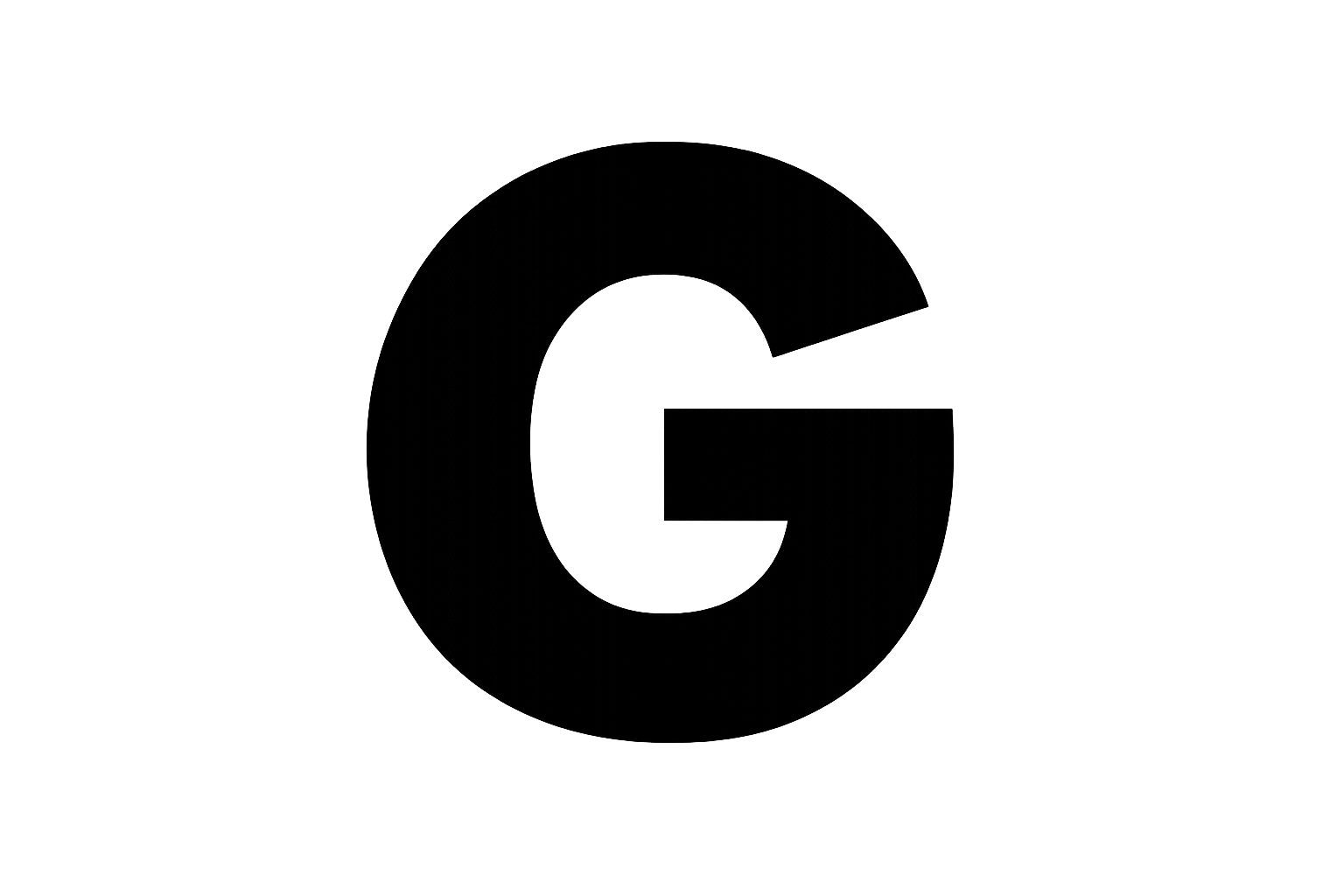 Acne
Acne Anti-Aging
Anti-Aging Business
Business Digital Marketing
Digital Marketing Economics
Economics Movies
Movies Personal Finance
Personal Finance Websites
Websites
